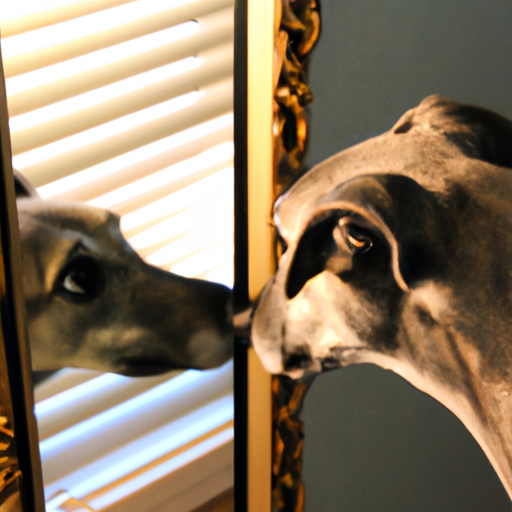“`markdown
Why Do Dogs Have Whiskers?
As a caregiver to your furry friend, understanding their physiological aspects such as whiskers can help you provide better care. Let’s dive into the fascinating world of dog whiskers.
1. The Function of Whiskers
Whiskers, also known as vibrissae, are more than just strands of hair sticking out from your dog’s muzzle. They are a sensory tool. They’re filled with nerves that send sensory messages to a dog’s brain.
- Navigation: Dogs use their whiskers to judge the distance and size of objects, which is crucial in dark environments.
- Communication: Whiskers also help in expressing emotions. When a dog is scared or threatened, they will pull their whiskers back. On the other hand, if they’re curious or interested, they’ll push their whiskers forward.
2. Whiskers Vs. Hair: What’s the Difference?
You may think whiskers are just long, stiff hairs, but they’re quite different.
| Whiskers | Hair |
|---|---|
| Packed with nerves at the base | Lacks nerve endings |
| Thicker and stiffer | Softer and flexible |
| Serve as sensory tool | Primarily for protection and warmth |
3. Whisker Types and Locations
Dogs have four main types of whiskers, each with a unique purpose:
- Mystacial Whiskers: These are the prominent whiskers on the sides of your dog’s muzzle.
- Supraorbital Whiskers: Found above the eyes, these act as an early warning system for anything that might poke or injure the eyes.
- Genal Whiskers: Located on the cheeks, these help with close-up investigations.
- Interramal Tufts: Found on the chin, they assist dogs in estimating the distance from the ground, especially while drinking or eating.
4. Trimming Whiskers: A Big No-No
As a caregiver, you might be tempted to trim your dog’s whiskers for grooming purposes. However, cutting them can severely hamper their ability to navigate their surroundings and can cause them to become disoriented and anxious.
5. Whisker Health: What You Need to Know
While whiskers are sturdy, they can break or fall out. When this happens, don’t panic. Whiskers grow back naturally. However, if you notice a lot of whiskers falling out, it might be a sign of a health problem, and a vet visit is in order.
Frequently Asked Questions
Q: Do whiskers hurt when cut?
A: Cutting whiskers doesn’t cause physical pain, but it can cause disorientation and stress.
Q: Can I clean my dog’s whiskers?
A: Yes, you can gently clean them with a damp cloth.
Q: Do all dogs have the same number of whiskers?
A: No, the number and arrangement of whiskers can vary based on breed and individual genetics.
“`



